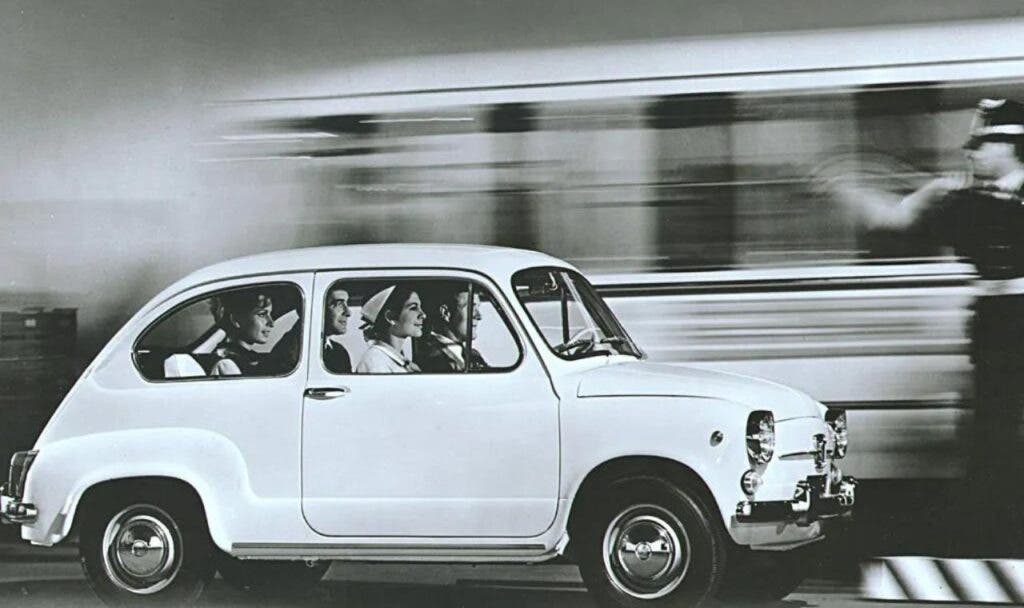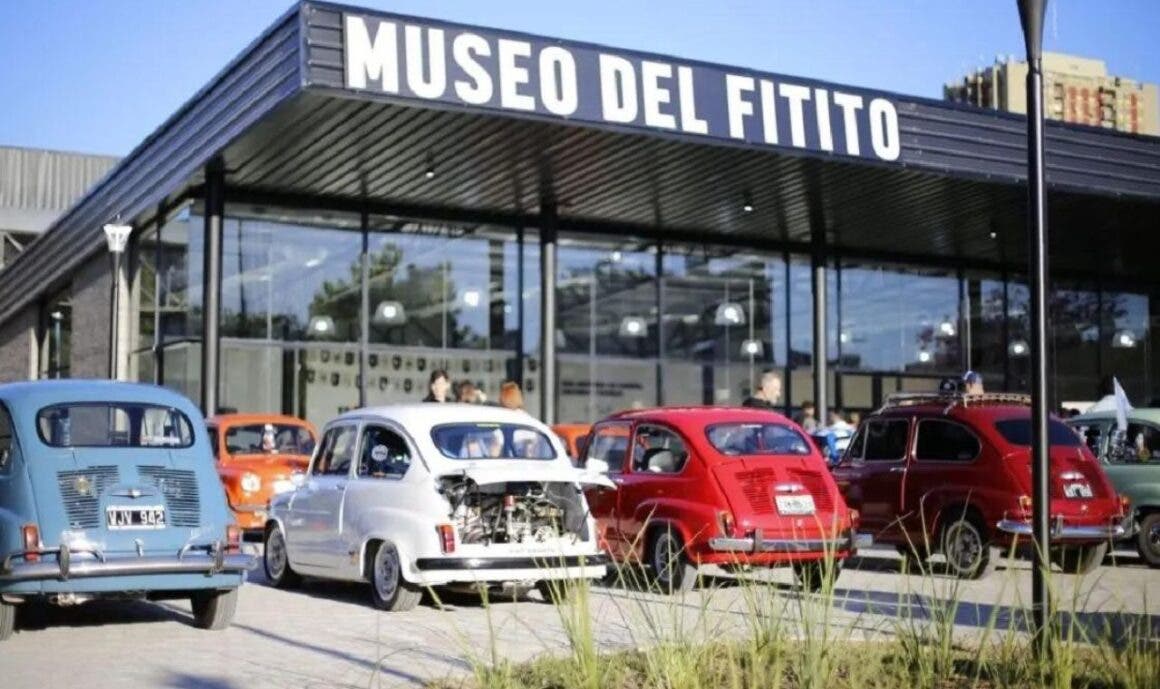On October 13th, Stellantis Argentina accompanied the Municipality of 3 de Febrero in the presentation of the Fitito Museum. It’s a commemorative space that honors the more than 297,000 units produced in the old Fiat factory in the city of Caseros and shows images of the plant, letters, documents, and various versions of the vehicle that mobilized more than one generation of Argentinians. The exhibition also includes period advertisements, worker attire, and mechanical parts donated by enthusiasts and collectors. Furthermore, it features a commemorative section for every admirer to leave their memory linked to the Fiat 600 and a simulator that travels through various locations aboard the iconic vehicle.
In addition to this presentation, the museum will host the Fitito Festival on November 5th, an event that will bring together hundreds of Fiat 600 models. It will begin at the city’s racetrack and conclude at the municipal playground in Caseros, just a few blocks from the factory where all the units were produced in the country. Days and visiting hours for the general public will be announced soon.
Fiat 600: the emblematic car produced in Argentina now has a dedicated space

The early 1960s in Argentina were marked by strong contrasts that occurred between light and shadow. While the country was moving towards petroleum self-sufficiency, one of the pillars of President Arturo Frondizi’s development strategy, which also aimed at promoting the steel, petrochemical, wood pulp, and automotive industries, integrated by the allocation of essential foreign capital to encourage investments in these activities, internal conflicts eroded the foundations of support for development.
Nevertheless, the Frondizi government managed to lay the groundwork for a new cycle of automotive industry development in the country. Prioritizing the boost to a sector with a strong multiplier effect and following the enactment of decree 3693/59, known as the “Regime for the Promotion of the Automotive Industry,” Fiat decided to build a plant in the city of Caseros in Buenos Aires dedicated to its core business: automobile production. Specifically, on April 8, 1960, the first vehicle of the brand manufactured in the country rolled off the production line at the Caseros plant, and to make it even more significant, it was one of the most successful and iconic vehicles for mass motorization in Argentina: Fiat 600 D.
Designed in 1951 by Dante Giacosa, the Fiat 600 D had nearly the same weight and dimensions as its predecessor, the Fiat 500 C, but its selling price was set lower, while still presenting superior mechanical and bodywork features. That first light gray 600 marked the beginning of a long “love story” between Argentinians and the beloved Fitito, which lasted for more than two decades and continued until 1982, when it was discontinued with minor improvements and aesthetic tweaks but without abandoning the design and philosophy with which it was introduced in Italy in 1955. In total, 294,197 units were produced, making it one of the most produced vehicles of the brand in Italy.
